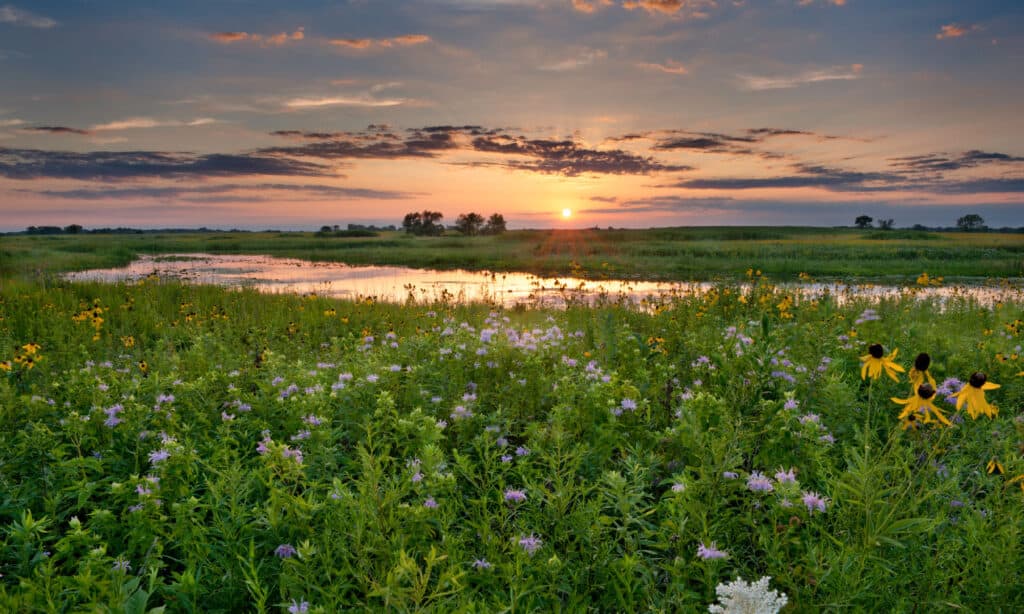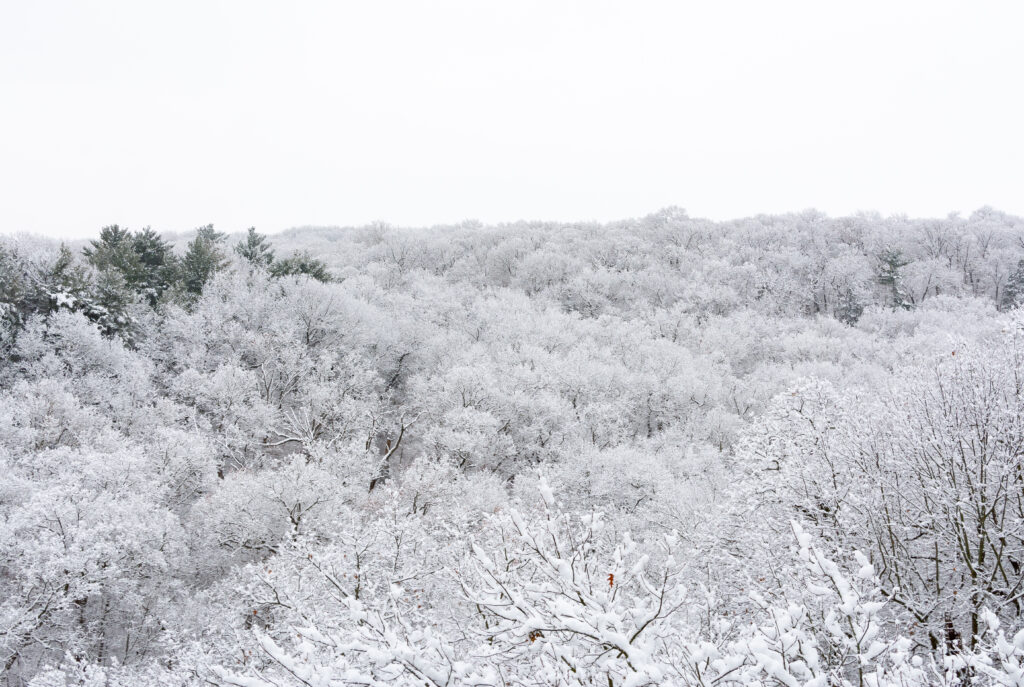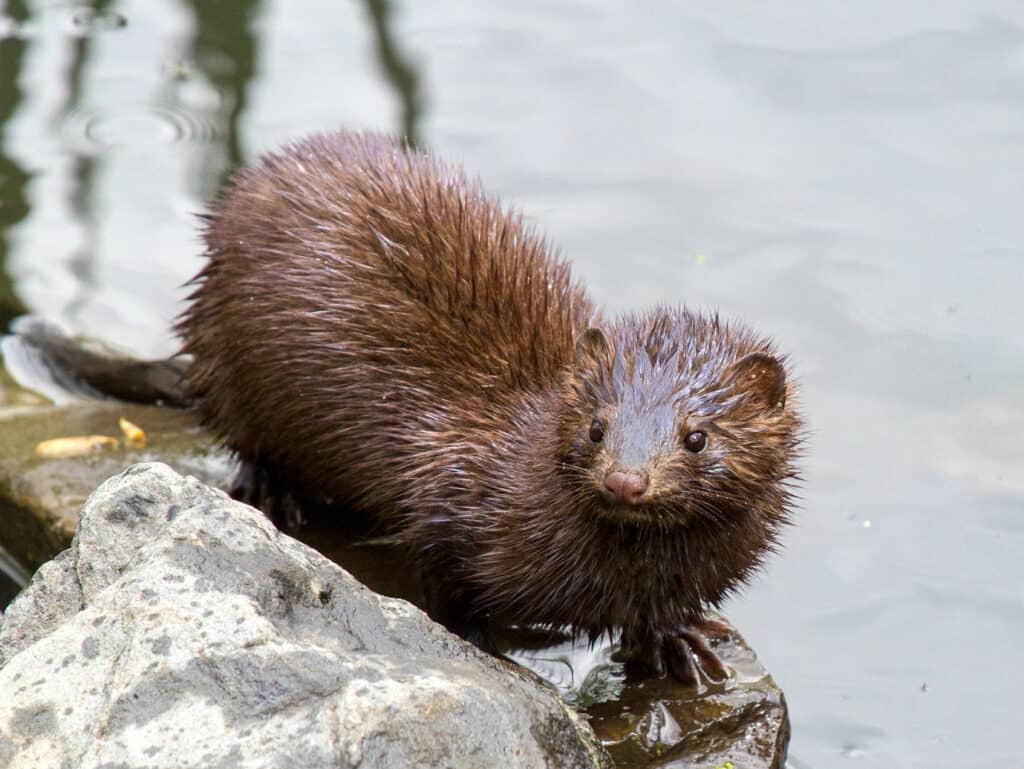On a cold March weekend in 2013, Illinois was taken by surprise when an unprecedented snowstorm descended on the state. Residents were left mesmerized as feet of white powder gradually blanketed their landscape in glittering ice crystals. The blizzard broke records, becoming one of the most significant March storms ever to hit Illinois.
As snow blanketed the city, many sought refuge in their cozy homes instead of venturing out. Schools and businesses locked up for the day.
Despite the chaos and disruption caused by an unforgettable winter storm, residents were amazed at nature’s might. Winds, howling into the night, created a picturesque masterpiece that sparked wonder in all who witnessed it.
Discover one of Illinois’ most memorable weather events, a historic March snowstorm that surprised and impacted locals in multiple ways. We will explore the storm’s intensity and hear stories from those who experienced it firsthand.
What is the Typical Weather for the State of Illinois During March?

As the month shifts from winter to spring, temperatures vary drastically. One day may bring warm sunshine, while the next ushers in cold.
©iStock.com/rudizhang
With temperatures ranging from frigid to balmy, residents need to stay prepared throughout the unpredictable month of March.
As the month shifts from winter to spring, you’ll find that temperatures can vary drastically. One day may bring warm sunshine, while the next ushers in a cold front with snow flurries.
For anyone planning outdoor activities during this time of year, it’s wise to keep bundled up. There might be one more chill before summer arrives. Despite the erratic weather patterns, however, spring will eventually triumph. This lovely season brings blooming flowers and longer days perfect for embracing all that nature offers.
With longer days and warmth emerging, this is an exciting time for all who call The Prairie State home.
What was the Biggest Snowstorm to Ever Hit Illinois During the Month of March?

Temperatures dropped to a chilly 20 degrees Fahrenheit across all areas. Up to 16 inches of white flakes covered the landscape.
©iStock.com/EJ_Rodriquez
On March 24th and 25th of 2013, Illinois experienced its most severe March snowstorm in history. Temperatures dropped to a chilly 20 degrees Fahrenheit across all areas. Up to 16 inches of white flakes covered the landscape. Strong north-northwest winds added another element of intensity, gusting at speeds up to 40 miles per hour, while whipping through unyielding ribbons of snow.
Huge drifts blocked roads, buried fences and hedges, and brought transportation to a standstill across the state for several days. Although temperatures rose quickly after the storm passed, there was widespread disruption to everyday life.
How Did the Snowstorm Affect Residents Living in the State?
The snowstorm that struck Illinois significantly impacted locals. Particularly, the city of Chicago obtained as much as 17 inches of snow. And some areas experienced greater than 20 inches. Here are the impacts of the great snowstorm on Illinois residents:
Power Outages
Numerous residences and structures were hidden in snow and some lost power entirely. Power failures also caused heating systems to fail, leaving countless citizens without warmth for a prolonged period.
The heavy snowfall weighed down power lines and caused trees to fall onto them, resulting in widespread damage and outages. In addition, strong winds accompanying the storm caused further damage to infrastructure, leading to more power failures. The outages affected urban and rural areas, leaving many residents without heat, light, or the ability to cook food.
Utility companies scrambled to restore power after the winter storm. Despite best efforts, many customers were without electricity for days or even weeks. People were forced to use alternative heating sources, braving hazardous conditions such as frozen pipes and carbon monoxide poisoning.
Transport Setbacks
The March snowstorm made it difficult for individuals to travel, with numerous closed roadways and mass transit solutions drastically disrupted. The storm wreaked havoc on transportation networks across Illinois, forcing the closure of Chicago’s O’Hare and Midway airports.
Traffic came to a standstill due to hazardous road conditions. Metra train services were also suspended as crews struggled to keep up with the ever-changing weather. To ease commuting woes, local public transportation systems ramped up their efforts by adding additional buses and shuttles.
Residential Damage
Blizzard conditions brought destruction to the state, with winds of up to 40 mph causing severe damage. Roofs and walls collapsed due to excessive snow weight. Additionally, trees uprooted, power lines toppled, and roads flooded.
The widespread devastation left people to cope with extensive residential damage.
Flooding
When snow melted away, numerous rivers and streams were inundated with water, leading to widespread flooding throughout the state. A drastic plunge in temperature caused pipes to freeze and rupture, further contributing to floods in some locations.
Catastrophic flooding caused extensive destruction, leaving many without access to roads and bridges. Despite the difficulty of their situation, communities came together in an incredible show of resilience, and emergency personnel worked tirelessly. At the same time, citizens offered each other assistance and emotional support.
Agriculture
Record-breaking snowfall levels of up to 24 inches blanketed Chicago, with devastating consequences for the state’s farmers. Equipment became buried in snow and livestock and crops were decimated. Buildings, fences, and other infrastructure suffered significant damage resulting in financial hardship.
The storm was especially problematic as it followed an already difficult season of unfavorable weather conditions throughout the state. Many farms were left facing long-term losses due to the destruction of crops or the inability to access markets. This created a crisis that would continue to affect them for years afterward.
The March snowstorm addressed the pressing need for increased disaster preparedness in the agricultural sector. As climate change leads to more extreme weather patterns, farmers and policymakers should take steps now to safeguard food security for future generations and protect this crucial industry from further losses.
This could include investing in adaptive crops & infrastructure, strengthening warning systems for severe conditions, and providing financial aid when disasters strike. All of these are necessary components of a resilient plan for environmental hazards.
How Do Late-Season Snow Storms Impact Wildlife in the Area?
Late-season snowstorms can have a dramatic impact on wildlife in Illinois. The winter season is an important time for many species, as they must have enough resources to survive the cold. Heavy snowfall often buries these resources, making them inaccessible to animals.
Furthermore, the sudden drop in temperatures accompanying a snowstorm can cause frostbite or death in mammals and birds. Birds may be unable to find food and shelter, placing them at risk of starvation and hypothermia.
Deer frequently struggle to find adequate nutrition during heavy snow periods due to their increased metabolic rate. As a result, some deer populations may experience decreased size or even total die-offs.
Predators also become more prominent when snow accumulates over long periods. Prey species are left with fewer places to hide from potential harm.
How Do Animals in Illinois Cope in the Midst of a Snowstorm?
You’re probably wondering how the wildlife in Illinois cope with such harsh conditions. While humans can bundle up and stay indoors, animals must rely on their coping mechanisms to survive.
This section will explore some of those strategies and examine how different Illinois animal species respond during winter storms.
American Badger
During the 2013 snowstorm in Illinois, the American badger employed several strategies to survive the extreme weather conditions. The badger dug a den in the ground, creating a warm and protected environment. The thick layer of snow also acted as insulation, helping to retain the heat within the den.
Additionally, the badger found food by relying on its hunting skills. The snow made it easier for the badger to catch prey. The fresh snowfall revealed the tracks of smaller animals, making them easier to catch.
American Mink

Minks shelter in dens or burrows near bodies of water.
The American mink’s survival strategy is to find shelter in dens or burrows near bodies of water. These dens protect from the snow and wind, while offering quick access to fish and other aquatic prey.
However, the heavy snowfall covered up the openings to their dens, trapping them inside. Thankfully, they dug out new gaps or tunnels in the snow. This allowed them to move around and access food sources.
Minks also call upon another adaptation, a thick fur coat. This protective layer helps keep the cold and wet of winter at bay. It allows them to regulate body temperature without fear of hypothermia.
Big Brown Bat
This bat species is well-suited to surviving cold temperatures and lack of food. It can reduce its metabolism and enter a hibernation-like state called torpor.
During torpor, the big brown bat’s heart rate and body temperature decrease significantly. In this way, they conserve energy and survive longer.
Additionally, big brown bats can hibernate in a variety of locations, including trees, buildings, and caves. This flexibility in habitat helps the species find shelter during storms and avoid exposure to the worst weather. The bats waited out the storm and emerge once conditions improve.
Birds
In the face of freezing temperatures and windy conditions, birds around Illinois have to be resourceful. They must find shelter among trees and shrubs, as well as locate food sources. Species such as robins, cardinals, and blue jays prove that ingenuity is critical when battling extreme weather.
Many species feed on nutrient-rich berries and fruits that remain readily available, even amidst snow. The black-capped chickadee stands out amongst its feathered friends. It has a unique ability to cleverly store food during fall months, providing vital sustenance as harsh weather takes hold.
Despite the seemingly insurmountable odds, many bird species have persevered through Illinois’ harsh winters.
Freshwater Fish
Excellent adaptability and resilience allow freshwater fish in Illinois to brave the harsh winter months. When snow storms arrive, these creatures enter into a deep dormancy state which helps preserve energy until temperatures warm again.
But they don’t just wait it out. Some species seek shelter in deeper areas where their chances for survival are much higher. These warmer waters create an ideal habitat during cold spells.
Illinois’ fish populations are resilient. Even when covered in ice and weathering extreme conditions, these aquatic species can still extract oxygen from their icy surroundings. This trait allows them to survive for extended periods without venturing above surface level.
Bottom Line
The exceptional power of mother nature was brought to bear in Illinois in March 2013 when an unforgettable snowstorm swept across the state. With record-breaking snowfall and subzero temperatures accompanied by fierce winds, locals endured transportation disruptions.
For farmers, primarily, this formidable force provided challenges. They sought ways to safeguard their crops amidst extreme weather, leaving behind lasting changes which will be felt for generations.
Despite the destruction caused by the snowstorm, Illinoisans showed remarkable fortitude. They rallied together to rebuild their communities and restore a sense of normalcy.
Emergency responders, utility workers, and countless volunteers worked tirelessly to ensure power was restored, roads were cleared safely, and families had access to necessary aid.
As climate events become more frequent, these lessons serve as valuable insight into how Illinois can prepare for future challenges.
The photo featured at the top of this post is © iStock.com/EJ_Rodriquez
Thank you for reading! Have some feedback for us? Contact the AZ Animals editorial team.







